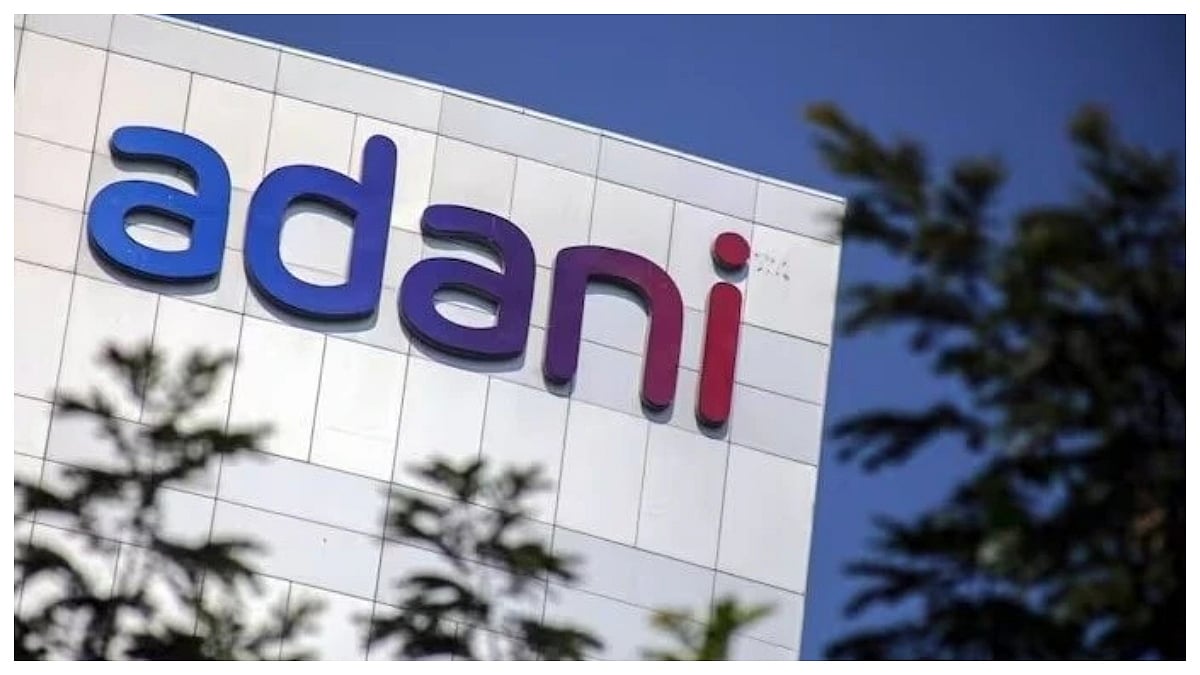The world of investing can be daunting, especially for beginners. One of the first dilemmas you'll encounter is deciding how to invest your money: through a Systematic Investment Plan (SIP) or a one-time lump sum investment. Both approaches have their merits and drawbacks, and the ideal choice depends on your individual circumstances and financial goals.
Understanding the two
SIP (Systematic Investment Plan): An SIP allows you to invest a fixed amount of money at regular intervals, typically monthly, quarterly, or even weekly. This method is ideal for those who want to inculcate a habit of regular saving and investing. SIPs often have a low minimum investment threshold, making them accessible even to individuals with limited savings.
One-Time Investment (Lump Sum): This approach involves investing a larger sum of money all at once. This strategy might be suitable if you have received a bonus, inheritance, or simply saved a significant amount of money.
Key Differences
Here's a breakdown of the key differences between SIPs and one-time investments:
Investment frequency: SIPs involve regular, periodic investments, while one-time investments are a single, larger transaction.
Minimum investment: SIPs typically have lower minimum investment amounts compared to one-time investments.
Market timing: One-time investments require timing the market to get the best entry point. SIPs, on the other hand, average out the cost of investment over time through a process called rupee-cost averaging.
Discipline: SIPs enforce discipline by automating your investments. One-time investments require more self-control to avoid spending the money.
Benefits of SIPs
Rupee-cost averaging: SIPs help you average out the cost of investment over time. By buying units at various price points, you mitigate the risk of investing a large sum of money at a market peak.
Discipline and habit building: SIPs instill a habit of regular saving and investing, regardless of market conditions.
Accessibility: SIPs often have lower minimum investment amounts, making them a good option for individuals with limited savings.
Compounding: As your SIP contributions accumulate, they start earning returns on themselves (compounding). Over time, this compounding effect can significantly grow your wealth.
Benefits of One-Time Investments
Potentially higher returns: If you invest a lump sum during a market downturn, you could potentially benefit from higher returns as the market recovers.
Simpler investment management: One-time investments require less ongoing management compared to SIPs.
Making a choice
The best approach for you depends on your financial goals, risk tolerance, and investment horizon. Here's a guide to help you decide:
Choose SIPs if:
You are a beginner investor.
You have a long-term investment horizon (more than 5 years).
You want to inculcate a habit of regular saving and investing.
You are risk-averse and prefer a more balanced approach.
Choose One-Time Investments if:
You have a large sum of money available for investment.
You are comfortable with market timing and believe you can identify a good entry point.
You have a shorter investment horizon (less than 5 years) and are comfortable with potentially higher volatility.
More factors to consider
Financial goals: Align your investment strategy with your financial goals (retirement, child's education, etc.).
Risk tolerance: Assess your comfort level with market fluctuations.
Investment expertise: Consider your knowledge and experience with the investment market.
Hybrid approach
You don't have to choose exclusively between SIPs and one-time investments. You can combine both strategies to leverage their respective advantages. For example, you could invest a lump sum if you have a windfall and then continue with regular SIP contributions.
SIPs and one-time investments are both viable investment strategies. The best approach depends on your individual circumstances and risk tolerance. By understanding the strengths and weaknesses of each method, you can make an informed decision that aligns with your financial goals. Remember, consulting with a financial advisor can be beneficial to create a personalized investment plan that suits your specific needs.












